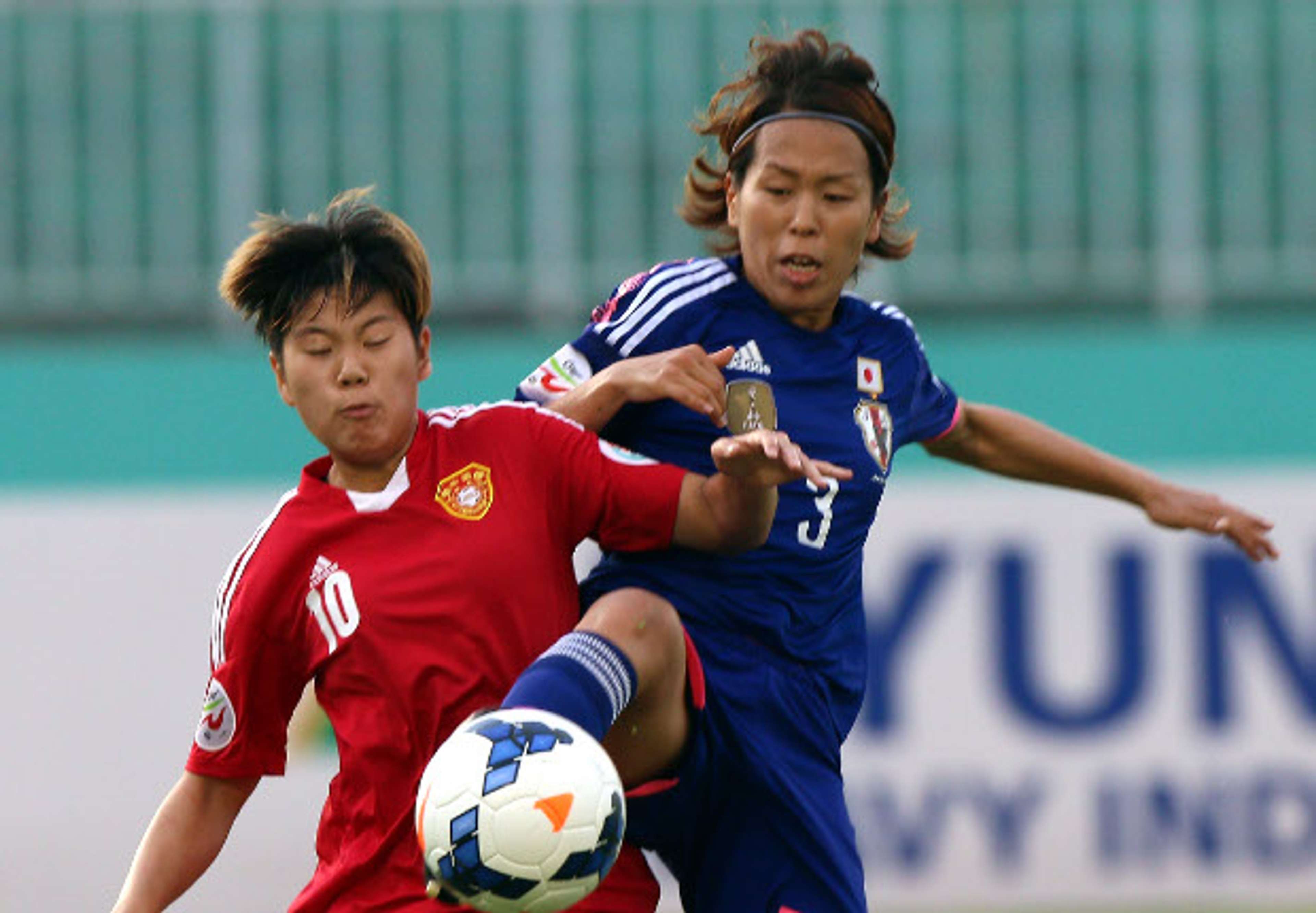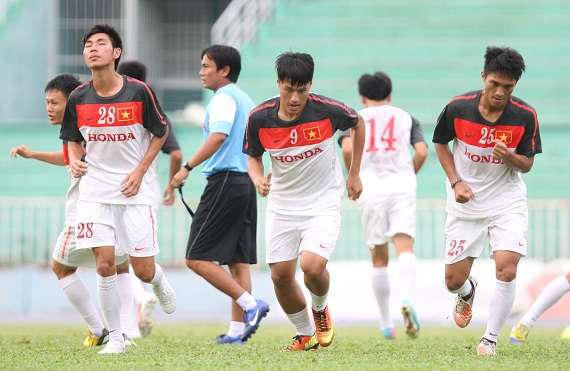India is set to host the AFC Women’s Asian Cup in 2022 and hence participate in the final round of the tournament for the first time since 2003. One country from which they should pick up a few tips and tricks is Vietnam.
Vietnam hosted the tournament twice so far – in 2010 and 2014. Along with Thailand, they have also been one of the most common ASEAN faces in the final round of the tournament since the turn of the century.
Given the exceptional way in which Vietnam hosted the tournament, India could possibly take a leaf from their handbook ahead of the 2022 edition. Of course, India will be hosting a bigger tournament and will have the experience of hosting the U17 Women's World Cup, scheduled for next year.
We look at how Vietnam organised the 2014 edition of the Women’s Asian Cup and whether they faced big challenges during the build-up to the big tournament.
Australia were set to host the tournament but a withdrawal from the same in May 2013 allowed Vietnam to be considered. However, their status as hosts was subject to qualifying to the main tournament from a group that also contained Hong Kong, Bahrain and Kyrgyzstan. Vietnam smashed 24 goals past their opponents in three games to storm into the final round.
There were very few operational difficulties in hosting the tournament and good footballing infrastructure was one of the biggest reasons why. Ho Chi Minh City was chosen as the host city for the tournament that was held over 11 days between May 14th and May 25th.
Eight months prior to the competition, AFC representatives gave the go-ahead to the Vietnam Football Federation (VFF) after an inspection of the infrastructure and progress of the preparation ahead of the tournament. There was no big roadblock to discuss at that time.
Eight teams featured in the tournament – Australia, Japan, South Korea, China, Myanmar, Thailand, Vietnam and Jordan. The first four qualified by virtue of finishing in the top-four of the 2010 AFC Women’s Asian Cup. The other teams won their group in the qualifying rounds.
Thong Nhat Stadium was used as the main venue for the games. The presence of university stadiums and training grounds in close proximity to the stadium ensured reduced operating costs. The RMIT University and Ton Duc Thang University grounds were near the Thong Nhat Stadium and the training ground in Phu Tho Football Centre was also just two kilometres away. These grounds were used for training purposes.
 Getty Images
Getty ImagesThe last set of Group Stage games are to be held simultaneously. The Go Dau Stadium in the Binh Duong province hence hosted two games – Japan vs Jordan and Thailand v Myanmar.
This stadium is home to Becamex Binh Duong FC, a popular first division Vietnamese club and one of the biggest in the country. It is located just 30 kilometres from Ho Chi Minh City and travel was hence not a big concern.
The Thong Nhat Stadium is often the host to Vietnamese V-League games, Vietnamese National team matches and meets the AFC standard requirements. The presence of high profile hotels at Ho Chi Minh City ensured a pleasant stay of the players and match officials.
With two high profile stadiums in proximity hosting the games, there were little operational hiccups during the tournament. That women’s football does not garner as much attention as Men’s football reduced the burden on security. There was hence little chance of pitch invasion.
The attendance for the games that did not feature the Vietnamese women was rather underwhelming, with only a few thousand turning up for the games. This is less than your average attendance for a V-League game.
However, the fifth-place tie featuring Vietnam and Thailand witnessed about 20,000 people pouring into the stands. The long-time rivalry between the two countries ensured this fixture gathered the hype and was turned into a grand spectacle. Much to the dismay of the local crowd Vietnam lost 2-1 to finish sixth.
In India, the women's national team matches rarely attract many spectators which was also the case in Vietnam. However, as you can see, 20000 people attended a fifth-placed tie of the Vietnam national team. The 2022 tournament will see more interest in the women's game in India and will, hopefully, attract more fans to support the team from the stadium, as evidenced in Vietnam.
Elsewhere Japan and Australia overcame China and South Korea to book a date for the final. Azusa Iwashimizu scored the lone goal that won Japan their first title in the competition.
Thus, concluded one of the smoothest and well-organised tournaments. The then AFC General Secretary Mr Dato Alex Soosay praised the VFF for the organisational work of the Asian Cup and ensuring the tournament was completed without any big difficulties.
Come 2022, India will be the cynosure of women's football in the continent. They will do well to replicate what Vietnam managed in 2014.

.jpg?auto=webp&format=pjpg&width=640&quality=60)
.jpg?auto=webp&format=pjpg&width=640&quality=60)

